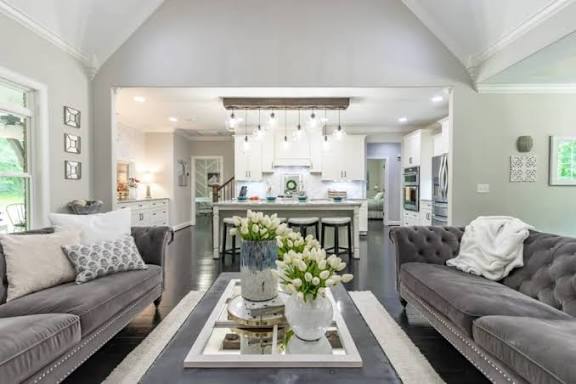In recent months, the home renovation industry has seen a noticeable shift, with new trends and priorities emerging among homeowners. Rising material costs, increasing interest in sustainability, and the growing influence of smart technology are shaping how people approach renovations today. These changes are not only influencing design choices but also the way projects are planned and executed.
One of the biggest drivers of renovation in 2025 is sustainability. Homeowners are increasingly looking for eco-friendly materials such as bamboo flooring, recycled steel, and low-VOC paints. The demand for energy-efficient windows, insulation, and solar panels has also surged. Many homeowners see these investments not only as a way to lower utility bills but also as a step toward reducing their carbon footprint. Contractors and designers are responding by offering more green options and advising clients on long-term savings.
Another trend gaining momentum is the integration of smart home technology into renovations. From automated lighting and climate control to advanced security systems, technology is becoming an essential part of modern living. Homeowners are eager to upgrade their spaces with features that make daily life more convenient and efficient. Kitchen and bathroom remodels often include touchless faucets, smart appliances, and voice-controlled lighting systems, blending style with innovation.
The rise in remote work has also influenced renovation choices. Many homeowners are converting spare rooms, basements, or even outdoor sheds into home offices. Comfortable and functional workspaces are now a top priority, with emphasis on good lighting, soundproofing, and ergonomic designs. This shift reflects how the pandemic years have permanently changed lifestyles and living arrangements.
Despite the enthusiasm for upgrades, rising costs remain a concern. Inflation in building materials and labor shortages has pushed budgets higher, forcing many families to scale down projects or plan renovations in stages. Experts suggest careful planning, securing multiple quotes, and working with trusted contractors to manage costs without sacrificing quality.
Conclusion
The home renovation landscape is evolving rapidly, driven by sustainability, technology, and lifestyle changes. While challenges such as rising costs persist, homeowners are still eager to improve their living spaces in meaningful ways. Whether through eco-friendly upgrades, smart innovations, or creating functional work areas, renovations today are about balancing comfort, efficiency, and long-term value. For those planning projects in the near future, staying informed about these trends can help ensure renovations meet both present needs and future goals.
